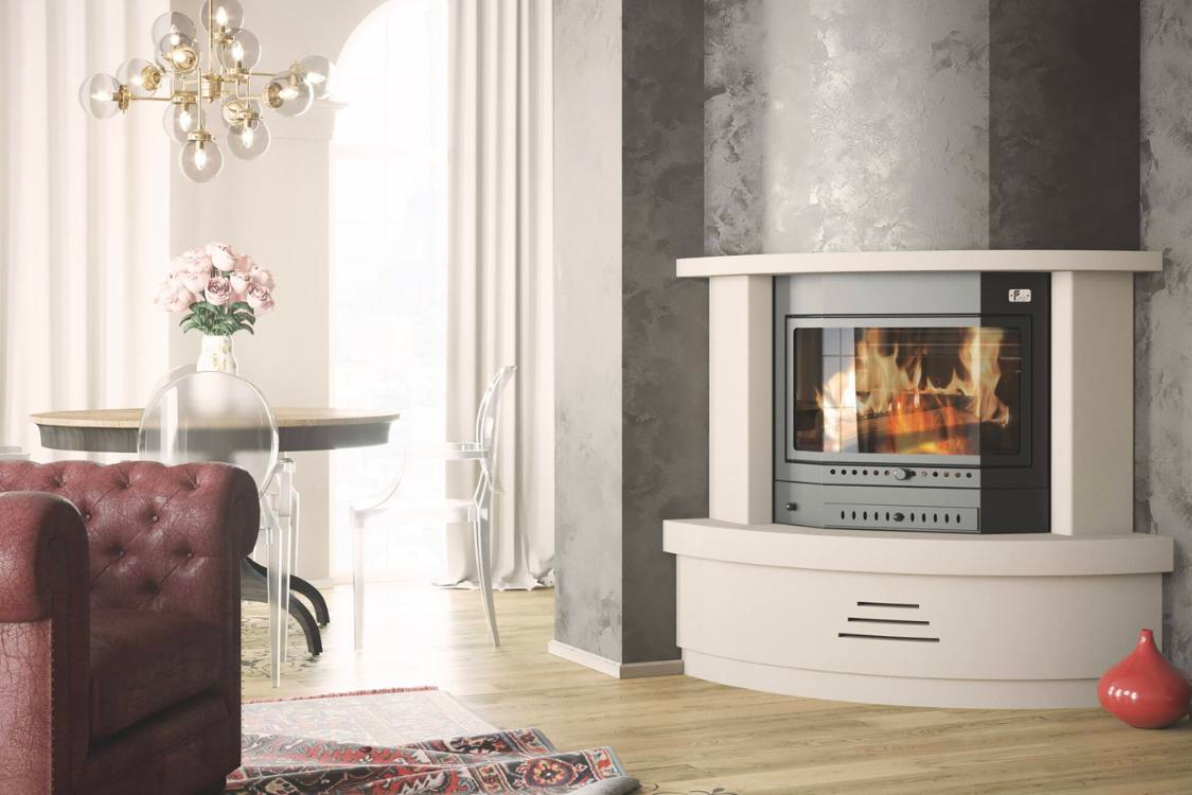The growing interest in sustainable heating solutions has brought wood-burning thermocamini to the forefront as an ecological and efficient choice for modern homes. In an era where sustainability is at the forefront of environmental concerns, these thermocamini emerge as a cutting-edge solution for home heating. In this article, we will explore the benefits, operation, and positive environmental impact of these innovative devices.
Benefits of wood heating
Environmental sustainability
Wood-burning thermocamini provide a sustainable approach to home heating by using wood from renewable sources, helping reduce dependence on fossil fuels, as emphasized by Fuego thermocamini models. The combustion of wood emits an amount of carbon dioxide equivalent to that absorbed by trees during their growth, making the process carbon-neutral.
Energy efficiency
Thanks to advanced technology, these heating systems, including ETA Kamini wood-burning thermocamini, are designed to maximize energy efficiency. Controlled combustion allows for higher thermal efficiency, minimizing energy waste and maximizing environmental heating. This results in lower wood consumption compared to traditional open fireplaces, making this solution ecologically efficient in terms of energy efficiency as well.
Economic savings
The use of wood as a fuel source, typical of CTM wood-burning thermocamini systems, is often more cost-effective than traditional heating systems. Wood is generally more accessible and affordable than fossil fuels, allowing users to save on long-term energy costs.
Operation of wood-fired thermocamini
Controlled combustion
These wood heating systems use the principle of controlled combustion to optimize the efficiency of the process. An automatic feeding mechanism regulates the airflow and the amount of wood burned, ensuring complete combustion and reducing pollutant emissions.
Heat exchangers
A key element of wood-burning thermocamini is the presence of heat exchangers. These devices capture the heat generated during combustion and transfer it to water or air, which can be distributed for room heating or hot water supply.
Positive environmental impact of wood-burning hearths
Reduced pollutant emissions
Thanks to controlled combustion and the use of wood as a renewable source, wood-burning thermocamini significantly contribute to the reduction of pollutant emissions compared to traditional heating systems.
Responsible management of natural resources By using wood from sustainably managed forests, wood-burning thermocamini promote the responsible management of natural resources. This approach helps preserve forest ecosystems, maintaining a balance between wood supply and forest growth.












